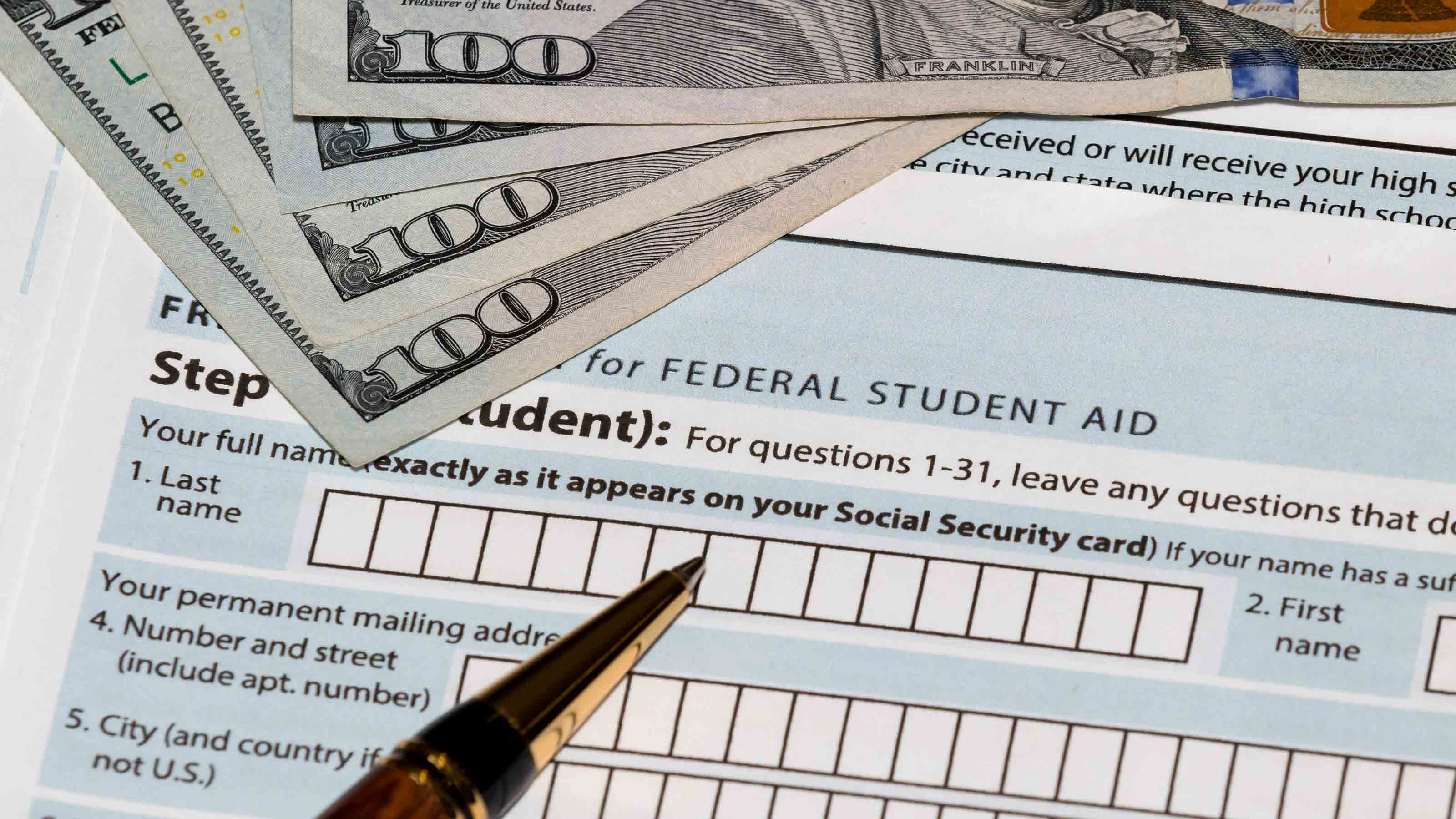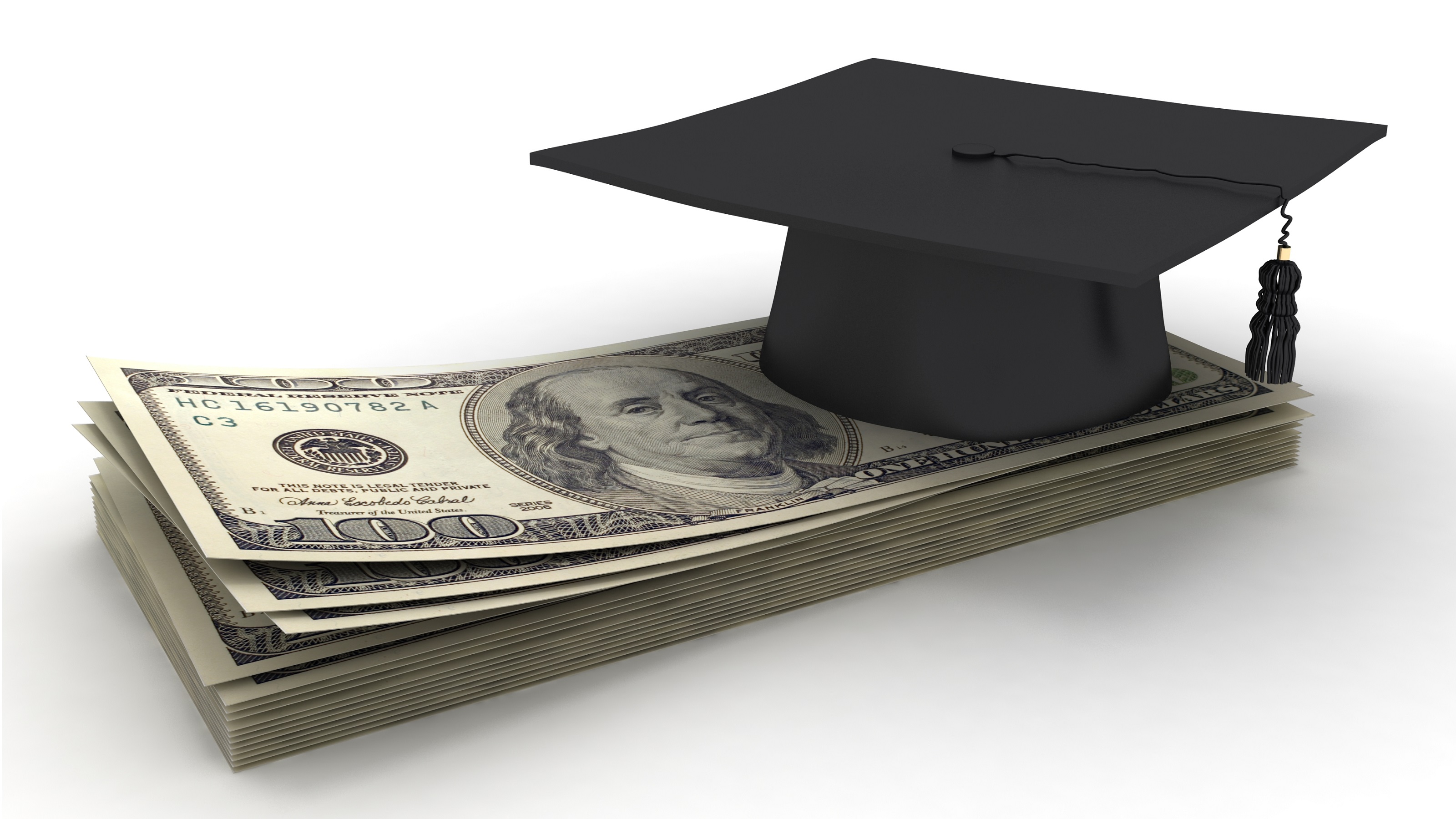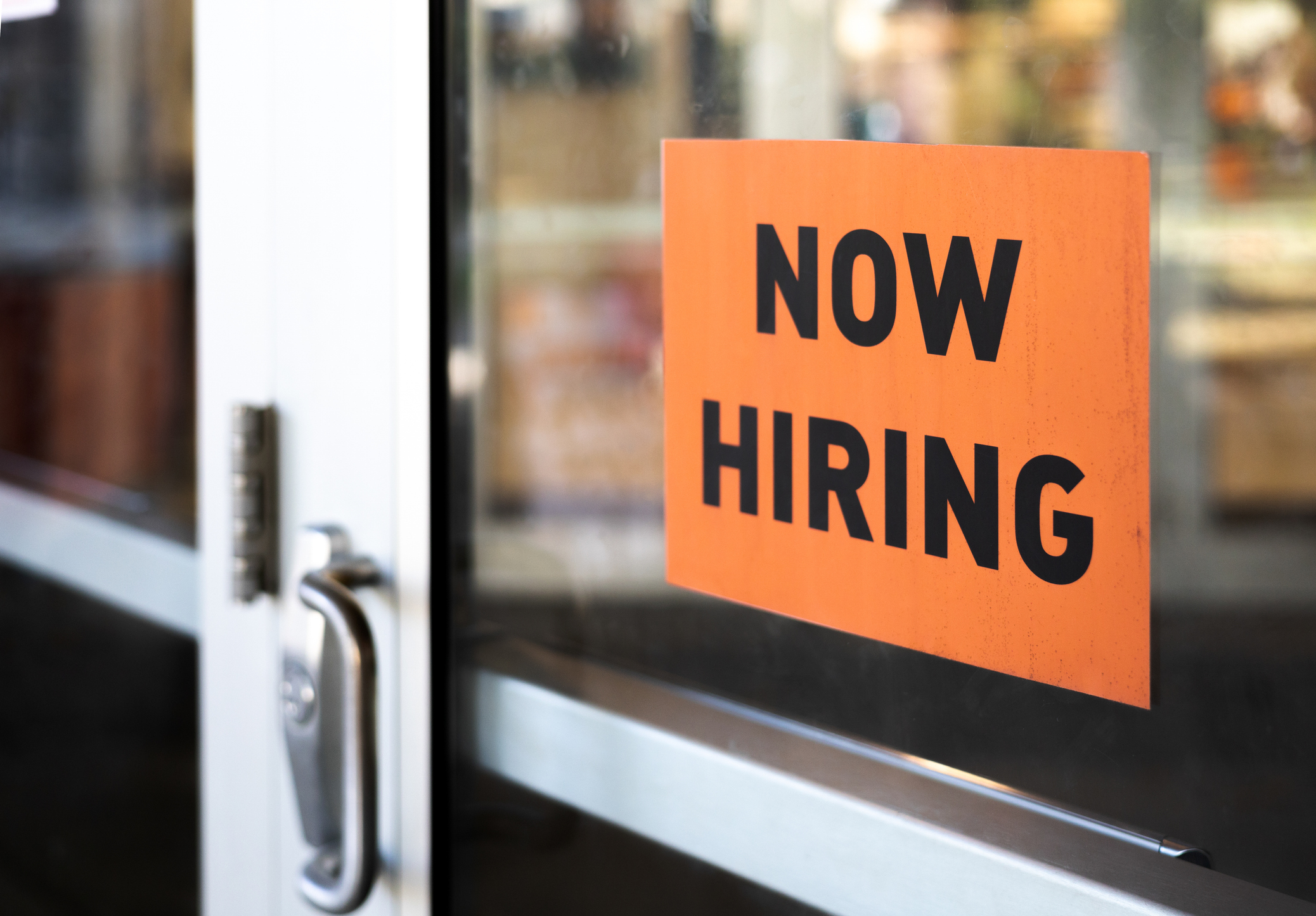The Financial Aid Form Gets a Makeover
Starting with the FAFSA available for filing in October 2022, the number of questions will be reduced from 108 to 36.


Among the numerous provisions buried in the 5,000-plus-page Coronavirus Response and Relief Supplemental Appropriations Act that was enacted late last year are measures designed to streamline the Free Application for Federal Student Aid, or FAFSA. The form is used to determine how much financial aid a student will receive from federal and state governments, colleges and universities. The changes will also expand eligibility for Pell grants and subsidized student loans for low-income students.
Starting with the FAFSA available for filing in October 2022, the number of questions will be reduced from 108 to 36, and they’ll be better aligned with information on federal tax returns. That means families will be able to use the IRS data-retrieval tool to answer more questions, which could save time and reduce errors.
Separately, the coronavirus relief bill extends a tax break that permits employers to contribute up to $5,250 a year, tax-free, to help pay off employees’ student loans. The provision was set to expire at the end of 2020.

Sign up for Kiplinger’s Free E-Newsletters
Profit and prosper with the best of expert advice on investing, taxes, retirement, personal finance and more - straight to your e-mail.
Profit and prosper with the best of expert advice - straight to your e-mail.
Only about 8% of employers currently offer this benefit, but up to one-fourth of large companies have said they would provide it if the payments are tax-free, according to the Society for Human Resource Management.
Get Kiplinger Today newsletter — free
Profit and prosper with the best of Kiplinger's advice on investing, taxes, retirement, personal finance and much more. Delivered daily. Enter your email in the box and click Sign Me Up.

Block joined Kiplinger in June 2012 from USA Today, where she was a reporter and personal finance columnist for more than 15 years. Prior to that, she worked for the Akron Beacon-Journal and Dow Jones Newswires. In 1993, she was a Knight-Bagehot fellow in economics and business journalism at the Columbia University Graduate School of Journalism. She has a BA in communications from Bethany College in Bethany, W.Va.
-
 5 Easy Weatherproofing Projects That Help Prevent Damage and Save on Insurance
5 Easy Weatherproofing Projects That Help Prevent Damage and Save on InsuranceProtect your home from storms and water damage with these simple weatherproofing upgrades — some may help reduce your home insurance premium.
By Paige Cerulli
-
 If Trump Fires Jerome Powell, What Happens To Savings and Mortgage Rates?
If Trump Fires Jerome Powell, What Happens To Savings and Mortgage Rates?President Donald Trump expressed his desire to remove Fed Chair Jerome Powell. If the president is successful, how would it impact your savings accounts?
By Sean Jackson
-
 Tax Day 2025: Don’t Miss These Freebies, Food Deals and Discounts
Tax Day 2025: Don’t Miss These Freebies, Food Deals and DiscountsTax Day You can score some sweet deals on April 15 in some select restaurants like Burger King, Shake Shack, and more.
By Gabriella Cruz-Martínez
-
 What Does Medicare Not Cover? Eight Things You Should Know
What Does Medicare Not Cover? Eight Things You Should KnowHealthy Living on a Budget Medicare Part A and Part B leave gaps in your healthcare coverage. But Medicare Advantage has problems, too.
By Donna LeValley
-
 How Intrafamily Loans Can Bridge the Education Funding Gap
How Intrafamily Loans Can Bridge the Education Funding GapTo avoid triggering federal gift taxes, a family member can lend a student money for education at IRS-set interest rates. Here's what to keep in mind.
By Denise McClain, JD, CPA
-
 How an Irrevocable Trust Could Pay for Education
How an Irrevocable Trust Could Pay for EducationAn education trust can be set up for one person or multiple people, and the trust maker decides how the money should be used and at what age.
By Denise McClain, JD, CPA
-
 2025 Family Tax Credits: Four IRS Changes That Can Save You Money
2025 Family Tax Credits: Four IRS Changes That Can Save You MoneyFamily Tax Credits Explore the new IRS-adjusted amounts for popular family tax credits.
By Gabriella Cruz-Martínez
-
 UTMA: A Flexible Alternative for Education Expenses and More
UTMA: A Flexible Alternative for Education Expenses and MoreThis custodial account can be used to pay for anything once the beneficiary is considered an adult in their state. There are some considerations, though.
By Denise McClain, JD, CPA
-
 Coverdell Education Savings Accounts: A Deep Dive
Coverdell Education Savings Accounts: A Deep DiveWhile there are some limitations on income and contributions, as well as other restrictions, a Coverdell can be a bit more flexible than a 529 plan.
By Denise McClain, JD, CPA
-
 The Big CPA Shortage Problem in Accounting: What it Means for Your Tax Return
The Big CPA Shortage Problem in Accounting: What it Means for Your Tax ReturnCareer This once resilient accounting industry is cracking, as the labor force seems in dire straits. It’s also affecting the IRS.
By Gabriella Cruz-Martínez